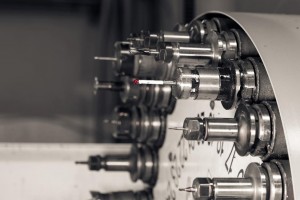- 3D Printing
- Manufacturing Supply
- Energy Technologies
- Energy Technologies
- Energy Efficiency
3D Printing Providing a Boost to Building Energy Efficiency

The Heat Exchanger
As its name implies, a heat exchanger is literally used to transfer heat from one source to another. For many decades, it has been a critical component in power generating stations, chemical plants, engines, refrigeration systems, and facility heating or cooling systems. Heat exchangers have an impact in every industry, but despite its wide range of uses, the technology has seen minimal improvement or change for many years.
3D Printed Heat Exchangers
Recently, the University of Maryland used 3D printing technology to manufacture an innovative air to refrigerant heat exchanger in a single piece. The heat exchanger weighs 20% less and performs 20% more efficiently compared to traditional heat exchangers, while also being manufactured in much less time. The single-piece heat exchanger is constructed to be more resistant to pressure or leakage. From the perspective of building energy consumption, heating and cooling accounts for nearly 50% of energy costs. A 20% increase in effectiveness for heat exchangers, which act as both the evaporator and condenser in heating and cooling cycles, is a substantial improvement toward reducing building energy consumption. The University of Maryland estimates that the product has the potential to save nearly 7 quads of energy, or roughly the equivalent to 252 million tons of coal.
As 3D printing technology continues to evolve, game-changing techniques will lead to products that not only require less material, energy, and time to produce, but that also operate with effectiveness that was previously unattainable with traditional manufacturing processes.